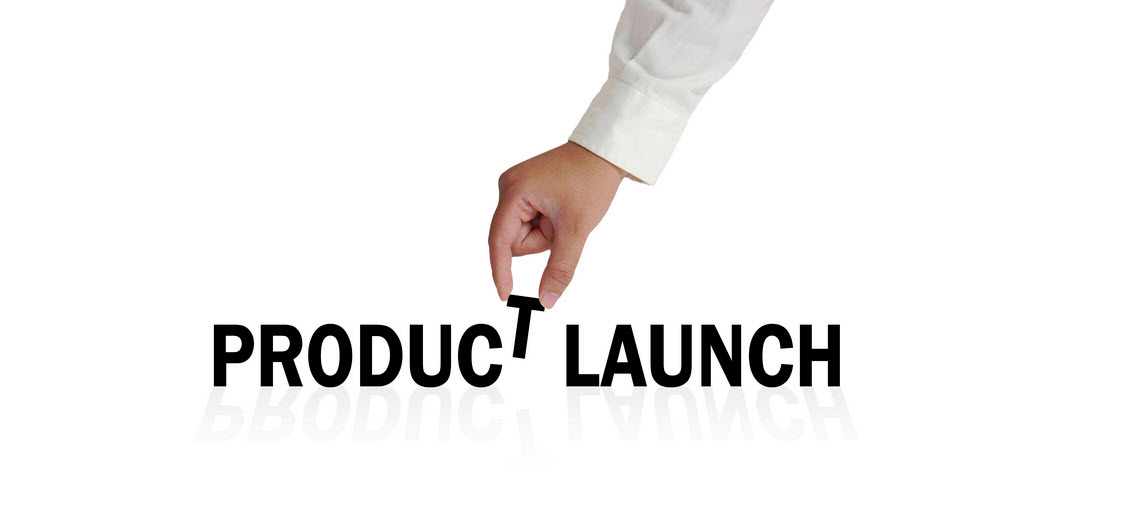Across the world, it’s the best tech products that are quickly becoming huge businesses, going from teams of 20 to 2,000, or becoming Unicorns in extra-quick time. Tech products have the ability to garner wide appeal and positive reviews and to be used the world over in game-changing successes. But to really hit the ground running with your new tech product, you need to plan it from ideation to finished product. In this article, you’ll learn how that plan should take shape.
Making a Map
A product map, or roadmap, is important to help you sketch in some key dates and milestones to attempt to work towards in the future. When you have an idea of the stages through which your product will go before it’s ready to hit the market, you’ll be able to place these into the best product roadmap tools in the software market, so that everyone involved in this new product will know what they’re expected to deliver, and at what time. Remember that this is just a blueprint; you can always change the dates and the order of the tasks later, should you need to.
Staff Organization
Producing a tech tool is largely in the hands of your developers and their teams of software and app experts, but that’s not the only type of personnel that you’ll have involved in your product launch plan. In fact, your product will fare best if you’re able to get all of your business pulling in the same direction for your new product launch. For instance, you should be able to:
- Get your sales teams pushing this new product for its release date
- Ask marketing to draw up long-term materials to help promote the product
- Host conversations with your creative teams around branding and product name
- Update your website and communications channels with details of launch day
- Get staff focused on working the new product into their communications with customers
All these tasks require good organization, driven by tasks on your roadmap, in order for you to hit the ground running on the launch day itself.

Launch Day
Launching a new product or service is always thrilling. You’ve worked hard as a team to pull off your new product, and it’s ready to be shared with the public. Now, you need to mark the occasion as well as you can in order for you to reward your hard-working staff, and to share the buzz in your company with the wider community.
If possible, you should invite all interested stakeholders to a gathering to celebrate your launch. This will enable your team to network with the other businesses that have helped you along the way, and it’ll give local press and other beneficial contacts the chance to really take a look at your product before they share it with their friends and communities. A launch party is also just letting off steam after a period of hard work and is vital to get your team onside after their long journey.
Use the tips above to help you get your product planned and launched in to the tech scene this year.


